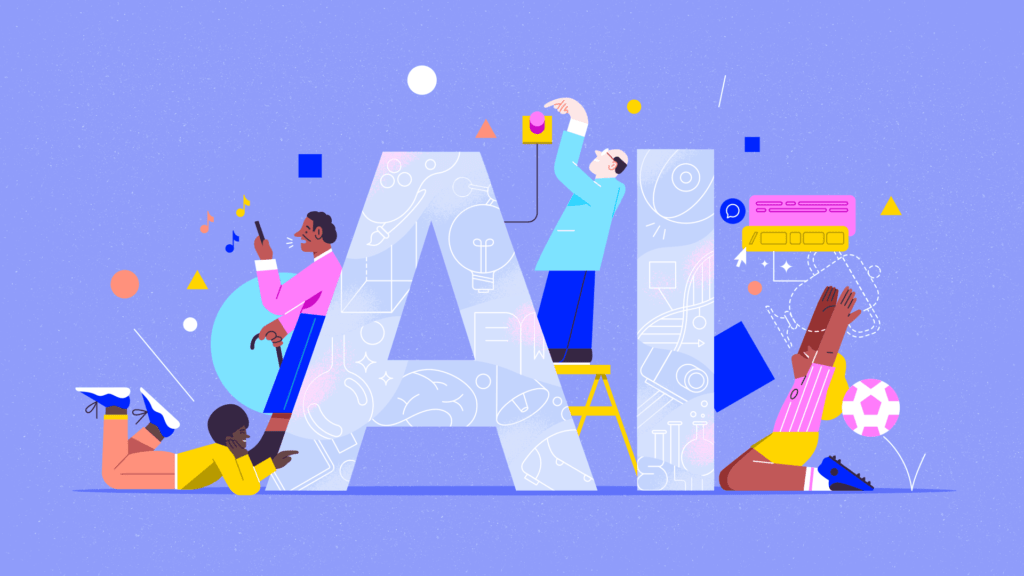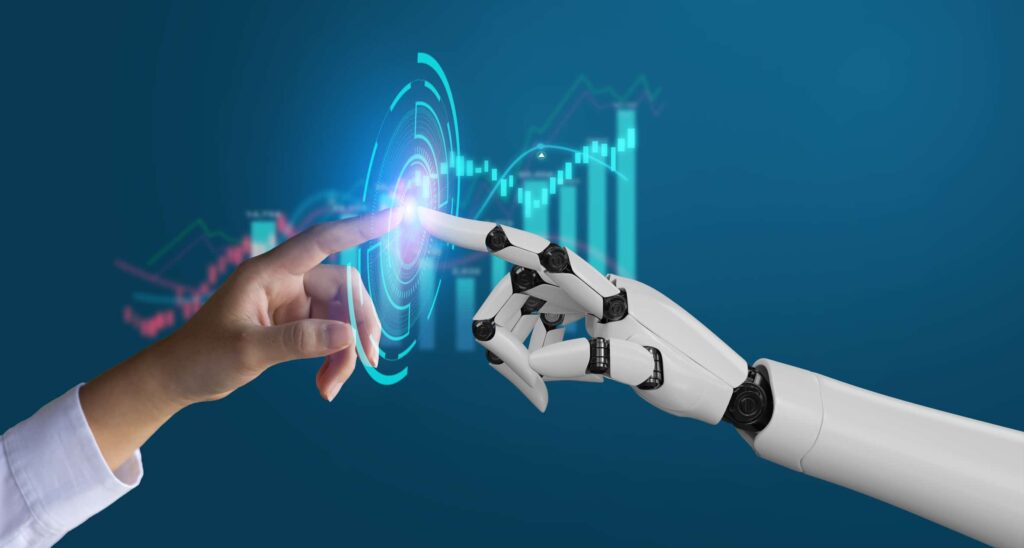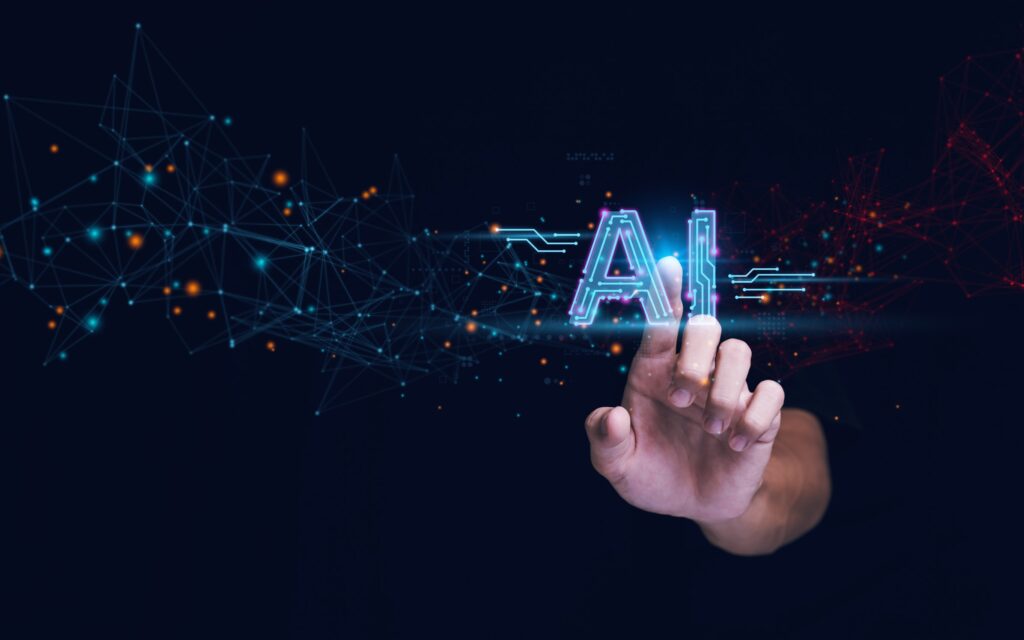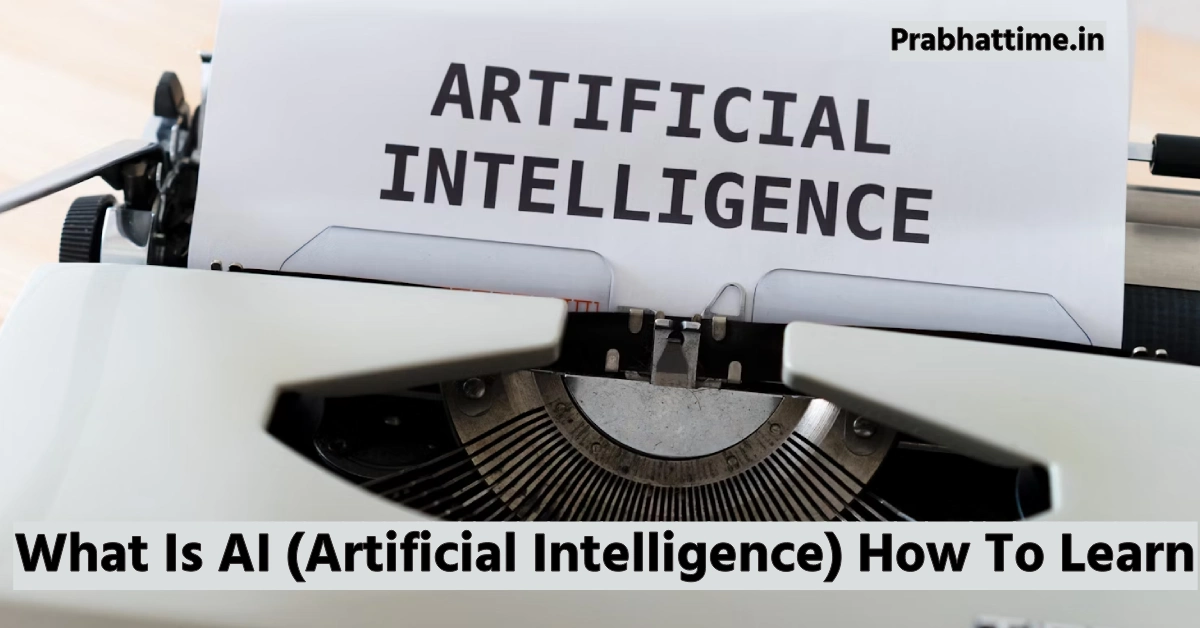
Table of Contents
AI (Artificial Intelligence) How To Learn AI (Artificial Intelligence) is a technology in which computers and machines are programmed in such a way that they can think and make decisions like humans. AI is being used in various fields and it is changing our world in many ways. Here is detailed information about AI and its effects on the world:

Types of AI (Artificial Intelligence) How To Learn
- Narrow AI (Weak AI):
- It is designed for a specific task. For example, voice assistants (such as Siri, Alexa), chatbots, and recommendation engines (such as Netflix’s movie recommendations).
2. General AI (Strong AI):
- It has human-like intelligence and can perform any task that a human can do. However, this level of AI has not been developed yet.
3. Superintelligent AI:
- It is far ahead of human intelligence. There is a lot of discussion about what this type of AI can be in the future and its possible effects.
Important Applications of AI (Artificial Intelligence) How To Learn
- Healthcare:
- AI-based systems help in identifying and diagnosing diseases. For example, image recognition algorithms can examine X-rays and MRI scans.
- AI is also used in drug discovery, making the development of new drugs faster and more efficient.
2. Education:
- AI improves the personalized learning experience. It analyzes the performance of students and provides them with personalized support.
- AI-based tools assist teachers with administrative tasks, allowing them to focus more on teaching.
3. Transportation:
- Self-driving cars and autonomous vehicles are an important application of AI. These technologies can help increase safety on roads and reduce traffic jams.
4. Finance:
- AI is used in financial analysis and trading. It analyzes large data sets and provides accurate recommendations for investments.
- In banking, AI is used in fraud detection and customer service.
5. Entertainment:
- AI-based algorithms provide personalized recommendations, such as music playlists and movie recommendations. For example, Spotify and Netflix.
6. Agriculture:
- AI-based systems are used in crop health checks, soil analysis, and other important farming tasks.
Impact of AI on the world
- Impact on jobs:
- AI is automating many tasks, putting some jobs at risk, but also creating new types of jobs.
- The need for skill training and retraining is increasing.
2. Social impact:
- AI-based technologies are making our daily lives simpler and more efficient.
- Along with this, privacy and data security issues have also become important.
3. Economic Impacts:
- AI is boosting productivity and innovation across various industries, leading to economic growth.
- As a result, issues such as economic inequality and access to AI technology are also arising.
4. Ethical and Legal Impacts:
- Ethical questions and legal challenges related to the use of AI are emerging. For example, determining liability in cases of accidents by autonomous vehicles.
The way Ai (Artificial Intelligence) works is quite complex and it uses various techniques and principles. Here is the working process of AI explained in simple language: AI (Artificial Intelligence) How To Learn

1. Data Collection and Pre-processing
Data Collection:
- A lot of data is needed to train an AI system. This data can be collected from various sources, such as sensors, internet, human interaction, etc.
Pre-processing:
- The data is cleaned and organized. This includes removing noise, normalizing the data, and bringing the data into a standard format.
2. Model Selection and Training
Model Selection:
- There are different types of models in AI, such as Decision Trees, Neural Networks, and Support Vector Machines. The appropriate model is selected depending on the nature of the problem.
Model Training:
- The selected model is trained on the collected data. During training, the model learns patterns and relationships from the data. This is often done by an algorithm, such as backpropagation in neural networks.
3. Model Testing and Validation
Model Testing:
- The model is tested on new and unseen data to check how well it is working.
Validation:
- The accuracy and performance of the model is measured. Various metrics are used for this, such as Accuracy, Precision, Recall and F1 score.
4. Prediction and Decision Making
Prediction:
- Once the model is trained and tested, it is applied to real-world data. The model makes predictions based on the input data.
Decision Making:
- Based on the predictions made by the model, the system makes decisions and takes action. For example, a self-driving car can decide to brake based on the signal.
5. Feedback and Learning
Feedback:
- The system receives constant feedback, which helps it improve its performance. This feedback can be provided by humans or other sensors.
Learning:
- The AI system constantly learns from new data and keeps updating its model. This is called continuous learning.
AI techniques and how they work

Machine Learning:
- It is a sub-branch in which computers learn patterns from data and make predictions using algorithms. It includes supervised learning, unsupervised learning, and reinforcement learning.
Deep Learning:
- It is an advanced form of machine learning, which uses neural networks. It consists of many layers that recognize complex patterns of data. Deep learning is very useful in image and voice recognition.
Natural Language Processing (NLP):
- It is a branch of AI that uses algorithms to understand and process human language. Chatbots and language translation are examples of this.
There have been several major objectives and motivations behind the creation of AI (Artificial Intelligence). These objectives range from making human life simpler and more efficient to improving scientific research and industrial processes. Here is a description of the main reasons for creating AI:
1. Making human labor easier
- Automation: One of the major objectives of AI is to automate repetitive and time-consuming tasks, reducing the need for human labor. For example, the use of robots in factories, automation of data entry.
- Increasing productivity: AI systems can work faster and with accuracy, which increases productivity.
2. Improving accuracy and efficiency
- Error reduction: AI systems are less prone to human errors. These systems can function with accuracy and consistency.
- Data analysis: AI is capable of analyzing large data sets, which can be difficult and time-consuming for humans. It is important in business intelligence, healthcare, and scientific research.
3. Innovation and Research
- New Discoveries: AI is playing a vital role in scientific research and innovation. It is helping in the discovery of new drugs, climate modeling, and space research.
- Problem Solving: AI provides new methods and algorithms to solve complex problems that could not be solved by traditional methods.
4. Improving Consumer Experience
- Personalized Recommendations: AI analyzes user data to provide personalized recommendations, such as movie recommendations on Netflix, product recommendations on Amazon.
- Chatbots and Customer Service: AI based chatbots provide 24/7 customer service, giving consumers instant assistance.
5. Improving Healthcare
- Disease Detection: AI systems are used to analyze medical imagery (such as X-rays, MRIs) and detect diseases.
- Telemedicine: AI helps doctors and patients provide remote medical services, thereby increasing access to healthcare.
6. Transportation and Security
- Automated Vehicles: Self-driving cars and drones are making transportation safer and more efficient.
- Security Surveillance: AI helps identify suspicious activities by analyzing footage from security cameras.
7. Education and Training
- Personalized Learning: AI-based systems analyze students’ learning patterns and provide personalized learning content.
- Training Simulation: AI makes training more effective through simulations and virtual reality.
There are many sources and resources available to learn AI (Artificial Intelligence). These resources are suitable for different levels and fields, whether you are a beginner or an experienced professional. Here is a description of some of the major sources and platforms to learn AI:

1. Online Courses and Platforms
Coursera:
- Machine Learning: Andrew Ng’s famous course, which covers the basic principles of machine learning.
- AI for Everyone: This course provides general information about the basic principles and applications of AI.
edX:
- Artificial Intelligence: Courses covering various aspects of AI, such as courses from MIT and Harvard.
- Professional Certificate in AI: Professional certificate program that covers various principles and applications of AI in depth.
Udacity:
- AI Nanodegree: This program focuses on deep learning, natural language processing, and other AI topics.
- Deep Learning Nanodegree: Covers various aspects of deep learning.
Khan Academy:
- Introduction to AI: Free course that covers the basic principles and applications of AI.
2. Online Tutorials and Blogs
Towards Data Science:
- AI and Machine Learning: Various articles and tutorials that cover various aspects of AI and machine learning.
Medium:
- AI and ML: Articles and tutorials written by experts that explain various aspects of AI in detail.
Analytics Vidhya:
- AI and Machine Learning: Tutorials, courses, and blogs that cover various aspects of AI and machine learning.
3. Online Library and eBooks
GitHub:
- Free eBooks and Resources: Various free eBooks and resources are available on GitHub that cover various aspects of AI.
O’Reilly:
- AI Books: O’Reilly’s books and eBooks cover various theories and applications of AI and machine learning.
4. Programming and Practical Platform
Kaggle:
- Datasets and Competitions: Various AI datasets and competitions are available on Kaggle, through which you can improve your skills practically.
- Courses: Kaggle’s free courses that cover various aspects of AI and machine learning.
Google Colab:
- Practical Coding: Google Colab is a free platform where you can code and run AI and machine learning models in Python.
5. Academic Books and Research Papers
AI: A Modern Approach (Stuart Russell and Peter Norvig):
- Classic Textbook: This book covers various principles and algorithms of AI in depth.
Research Papers:
- Google Scholar: To read and understand the latest AI research papers.
- arXiv: Latest research papers are available in various areas of AI.
6. Youtube Channel
3Blue1Brown:
- Machine Learning and AI: Videos explaining the principles of machine learning and AI in a visual and interactive way.
Sentdex:
- Python Programming and AI: Video tutorials focused on AI and machine learning projects in Python.
7. Universities and Academic Institutions
Massachusetts Institute of Technology (MIT):
- OpenCourseWare: Free online courses that cover various aspects of AI and machine learning.
Stanford University:
- AI Courses: Stanford’s free online courses and tutorials that cover various principles and applications of AI.
THANKS FOR VISITING! STAY CONNECTED.
| Follow our Whatsapp channel | Click Here |
| Follow our Facebook Page | Click Here |
| Follow our Instagram channel | Click Here |
Prabhat Time

By Nitesh Saxena
| Also Read Our Last Post | Click Here |
AI (Artificial Intelligence) How To Learn AI (Artificial Intelligence) How To Learn AI (Artificial Intelligence) How To Learn AI (Artificial Intelligence) How To Learn AI (Artificial Intelligence) How To Learn AI (Artificial Intelligence) How To Learn AI (Artificial Intelligence) How To Learn AI (Artificial Intelligence) How To Learn AI (Artificial Intelligence) How To Learn AI (Artificial Intelligence) How To Learn AI (Artificial Intelligence) How To Learn AI (Artificial Intelligence) How To Learn AI (Artificial Intelligence) How To Learn
